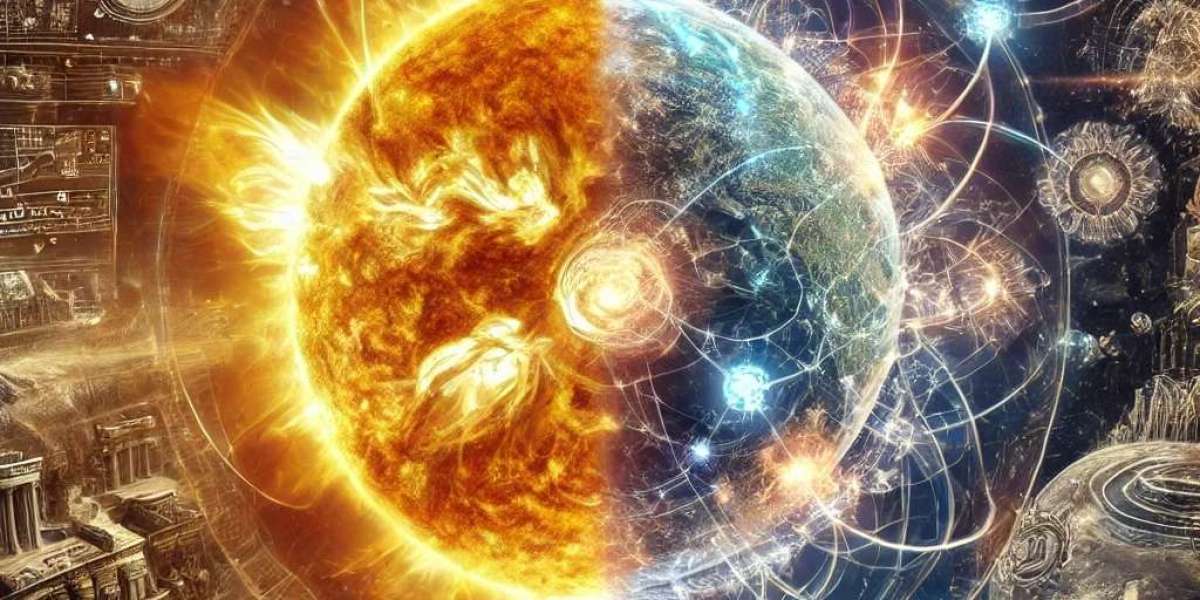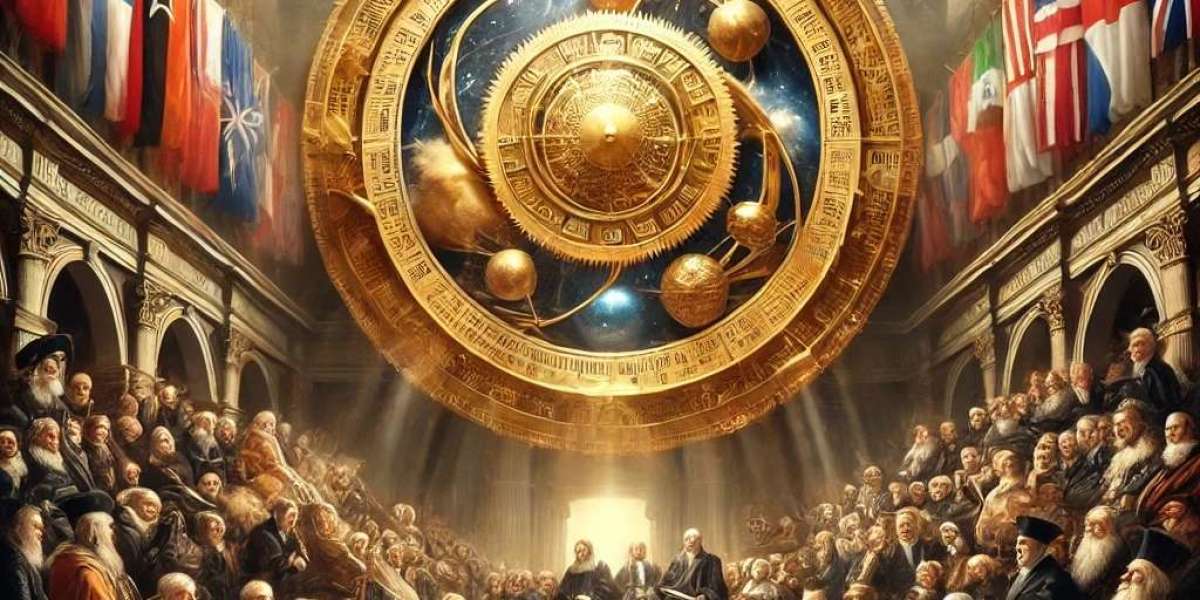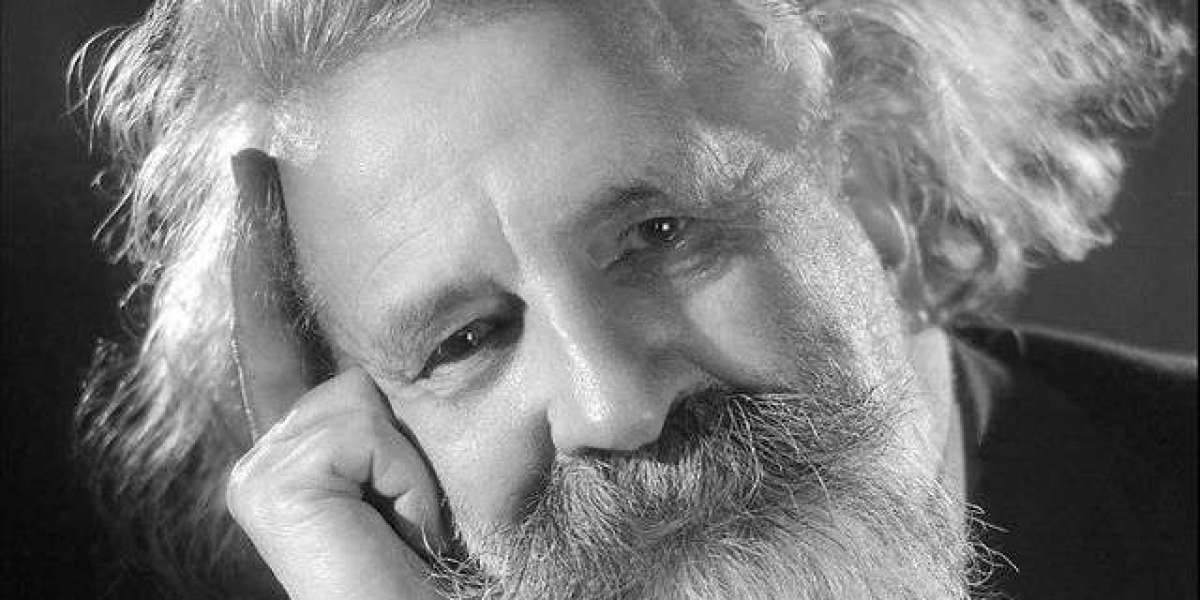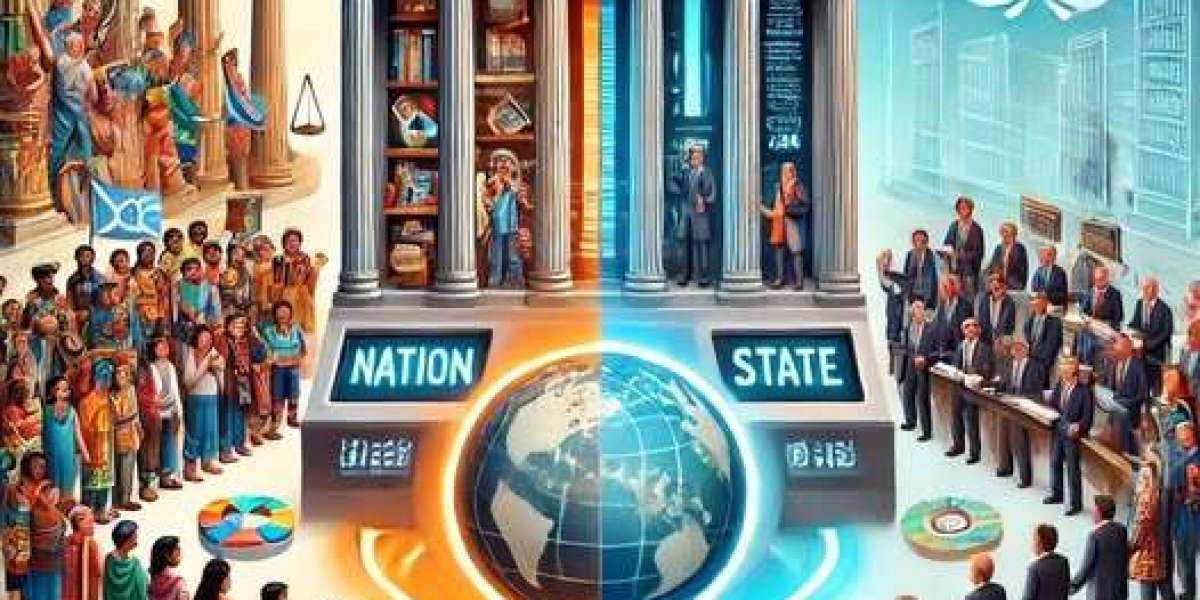Abstract :
This paper proposes an original theory linking the evolutionary cycle of nations to the physical phenomenon of solar magnetic pole reversal, which occurs every 11 years. We hypothesize that human societies are subject to a cycle of structural transformation reflecting this cosmic phenomenon, and that these fluctuations directly influence the political, economic, and cultural dynamics of nations. Based on this, we introduce a predictive model in the form of a 128-year temporal dial, designed to model both the prospective and retrospective views of civilizations. This dial, incorporating precise subdivisions of historical time, forms the basis of the Natiometer, a scientific instrument aimed at quantifying and analyzing these evolutions.
Introduction :
A Cosmic Analogy for Understanding the History of Nations.
The history of civilizations is marked by cycles of prosperity and decline, the underlying mechanisms of which remain largely unexplained. Since the works of Spengler, Toynbee, and Kondratiev, several cyclical theories have attempted to model these evolutions, but none have relied on a verifiable physical foundation on the cosmic scale.
The Sun, the primary source of energy and life on Earth, follows an 11-year cycle during which its magnetic poles reverse. This reversal is not a mere isolated event: it influences Earth's electromagnetic fields, affecting technologies, biological behaviors, and potentially human social structures. We postulate that this phenomenon acts as a cosmic metronome, influencing the long-term evolution of nations through larger cycles of transformation.
Our contribution is twofold:
- Establish a direct link between solar pole reversal and the structural mutations of civilizations.
- Formalize a 128-year temporal dial to anticipate and analyze key phases of the national cycle.
This theoretical framework gives rise to a modeling tool, the Natiometer, which is intended as a methodological revolution for geopolitical foresight and the study of national cycles.
1. The Solar Pole Reversal and Its Impact on Human Cycles :
The Sun experiences a reversal of its magnetic poles every 11 years. This phenomenon, associated with the solar cycle, alters the structure of the heliospheric magnetic field and, by extension, affects Earth's magnetosphere.
Studies in chronobiology and geophysics show that fluctuations in Earth's magnetic field influence biological activity, notably the production of melatonin and other hormones associated with human behavior. On a larger scale, these variations could influence collective psychic structures and socio-political dynamics.
When observing world history through 11-year cycles and their multiples, striking correspondences can be found between these periods and major events of civilization transformations. However, an 11-year cycle is too short to encapsulate the full range of a nation's mutations. We propose that a larger cycle, composed of 12 sub-cycles of 10.67 years each, totaling 128 years, corresponds to a complete period of structural mutation for a civilization, in line with human life expectancy and generational dynamics.
2. The 128-Year National Cycle Theory : A Model of Foresight and Retrospect.
We propose a dial structuring the evolution cycle of nations over a 128-year period, divided into 12 units of 10.67 years each. This cycle allows us to model the gradual transformation of a nation, from its rise, peak, decline, and eventual renewal.
2.1. Structuring the Temporal Dial :
The dial is designed as a circular clock where each point represents a key phase of national evolution. Strategic markers are placed at moments of rupture and transformation:
- 1988 – Noon: The balance point and structural peak of a given cycle.
- 2020 – 3:00: The first quarter of the cycle, marking a phase of critical transformation and systemic tensions.
- 2052 – 6:00: The midpoint of the cycle, a period of rupture and deep recomposition.
- 2084 – 9:00: A phase of reconstruction and the emergence of a new structural order.
- 2116 – Midnight: The end of the cycle, closing a 128-year period and initiating a new cycle.
This model is applicable both in foresight (anticipation of future trends) and retrospect (analysis of past evolutions), making it particularly relevant for the study of civilizations.
3. The Natiometer : A Revolution for Analyzing National Cycles.
The Natiometer is an instrument designed to model and analyze these cycles based on geopolitical, economic, and cultural data. It relies on an algorithmic approach that integrates historical and current data to position a nation on its temporal dial and predict its future dynamics.
This tool is distinguished by:
- Its scientific transparency, based on quantifiable physical phenomena.
- Its fairness, offering a universal analytical framework that is not biased by political considerations.
- Its efficiency, allowing unprecedented precision in anticipating national evolutions.
The integration of the Natiometer into governance strategies and foresight planning opens revolutionary prospects for the study of civilizations.
Conclusion :
A New Methodology to Understand History and Anticipate the Future.
By establishing a link between solar cycles and the evolution of nations, this theory proposes an innovative framework for understanding civilization dynamics. The 128-year dial, as an analytical structure, allows us to identify key moments in national development and anticipate structural transitions.
The Natiometer, based on this theoretical framework, positions itself as a central tool for 21st-century foresight and geopolitical analysis. By integrating historical and current data into a rigorous algorithmic system, it paves the way for a predictive science of nations, where the past, present, and future intertwine in a coherent temporal cycle.
Thus, far from being a mere theoretical concept, this approach marks the emergence of a new scientific paradigm, connecting the laws of the universe to the destinies of nations.









